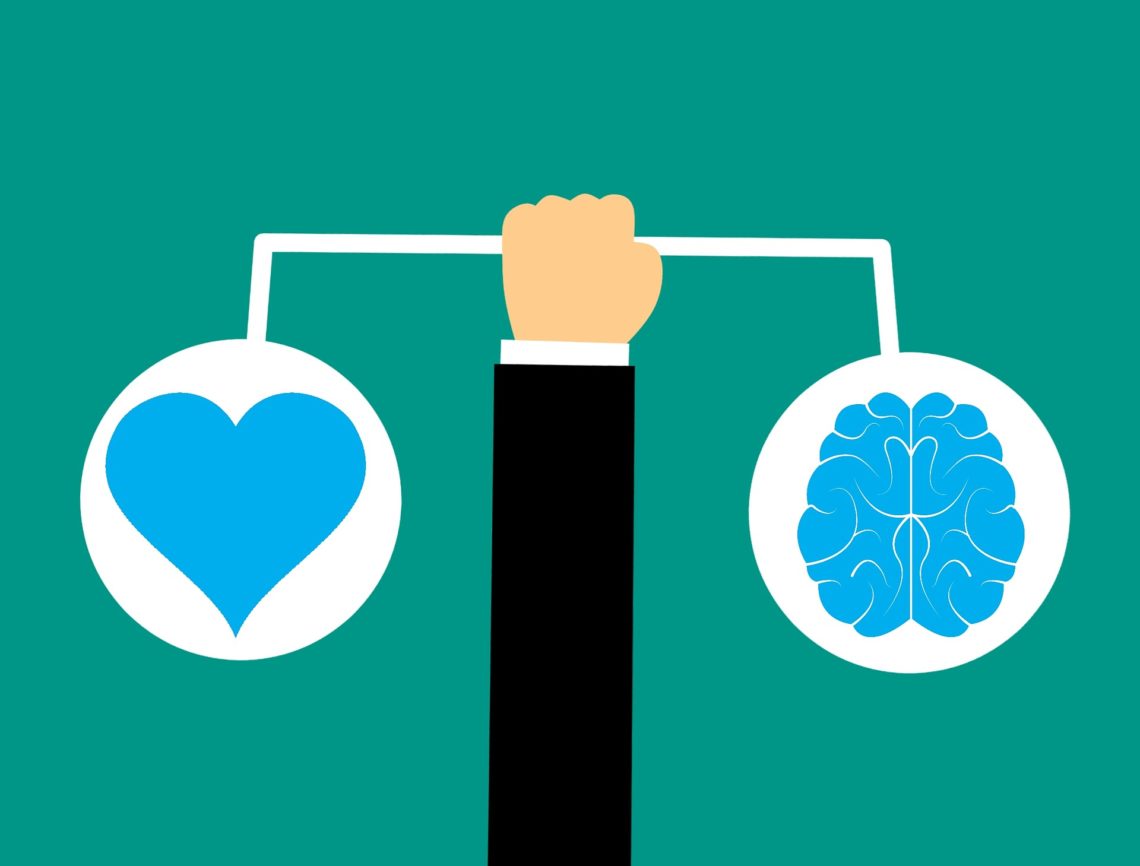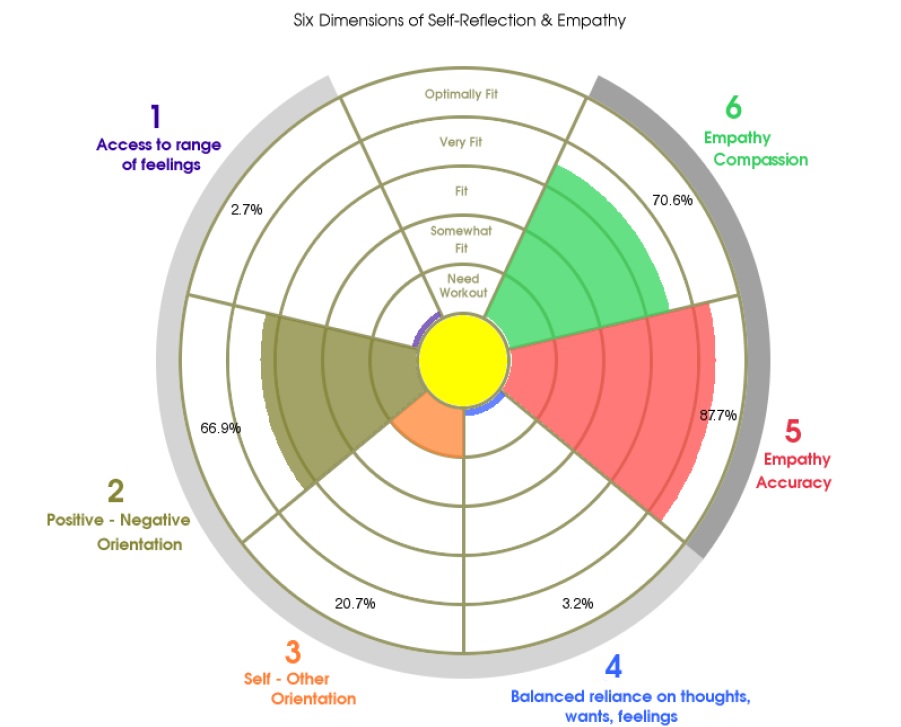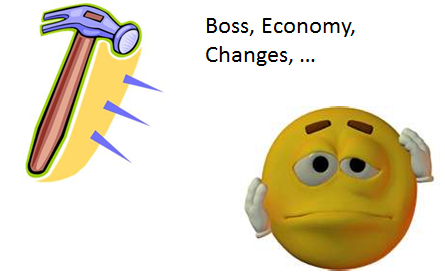
Why EQ Matters And How To Be Better At It
Do you often wonder why people behave negatively (rude, mean, unpredictable)? Do you often stress a lot? Do you want to improve professional and personal relationships? Do you want to increase your impact and influence?
If you answered “yes” to any of these, you may want to invest in your EQ.
Thanks to the thought leaders, Daniel Goleman, Travis Bradberry, Richard Boyatzis and many others, EQ, EI or “Emotional Intelligence” is a ubiquitous term in the leadership world. Goleman has this explainer video for the beginners. Despite all the resources, when it comes to applying it in a day to day life, we often feel lost. “I know I am supposed to stay calm, but he makes me angry by his misdoings”- Is a common example I hear. As an EQ practitioner for the past seven years, it has been a work in progress for me. The good news is, we all can start somewhere and get better.
Why EQ Matters To Us
In this Forbes article, Dr. Travis Bradberry mentioned emotional intelligence as a critical factor that set star performers apart from the rest of the pack. TalentSmart tested emotional intelligence alongside 33 other important workplace skills and found that emotional intelligence is the strongest predictor of performance, explaining a full 58% of success in all types of jobs. The article also says that of all the people they have studied at work, they found that 90% of top performers are also high in emotional intelligence. Not only in our professional life, but EQ also helps create positive relationships in all spheres of our lives.
How To Assess Our Own EQ
There are some formal assessments (EQ-i 2.0, EQ in Action) that coaches and EQ practitioners use. For starters, you can get an idea by interviewing people around you. For example, those you have significant interactions on a regular basis and are comfortable asking. As you may have imagined, It would be hard to get the truth unless it is an anonymous survey (like a 360-feedback). Here are some possible example statements from those interviews:
Higher EQ
He/She is easy to talk to
He/She takes bad news well
He/She can stay calm during crunch times
He/She listens well and make others feel better
He/She is well-liked by their peers
Lower EQ
He/She is really good at his work, but he/she is difficult to work with
He/She gets angry, sad often
He/She sees finds a problem in every idea
He/She gets easily irritated
These are only a few examples; our EQ is always a work in progress, each one of us has different areas to grow.
What Does EQ Measure
EQ is a capacity that helps us understand ourselves and others resulting in effective interpersonal relationships. Unlike one single number, there are different components of an EQ Profile. I found this model developed by EQ in Action quiet effective.
- Self-Reflection – How well do I understand my own experience
- Self-Regulation – How well do I regulate my distressing emotions
- Empathy – How well do I understand another person’s experience from their perspective
Some other models use motivation and social skills as two additional components.

Self-Reflection
Self-Reflection is the ability to access and name our experiences, including our feelings, thoughts,
wants, intentions, and body sensations, and the ability to observe our thoughts, feelings, and behavior in the moment as we participate in life. This is the “observing self” or the “silent watcher” that can reflect on our thoughts and actions. Having the ability to first experience and name our experiences, to differentiate our experiences from others, and to reflect and learn from our experiences are fundamentals to emotional intelligence, the very driver of our capacity to learn and grow.
Self-Regulation
Experiencing varying levels of distress and pain is a natural part of life. This causes us to feel some
degree of disequilibrium. Self-soothing is the capacity to experience our distress and manage it in ways that help us re-establish our equilibrium or balance without requiring others to change. We all soothe ourselves and our emotions daily in a variety of positive and negative ways, both alone and in a relationship.
Empathy
Empathy is the ability to identify what another person is experiencing and to know what that must be like to “get into another’s shoes”. Two of the dimensions under empathy are accuracy and compassion. Accuracy is how close we are to read another person’s emotional state and compassion is how we feel with them.
How To Improve Our EQ
Part of our EQ comes from our DNA, our early childhood experiences that we don’t have much control over. But the good news is, part of it we can develop. According to EQ in Action research we can develop EQ Fitness just as we develop physical fitness or other complex skills. Becoming our best just takes focused, and disciplined practice.
Here is an example of an engineering leader, Peter, who worked on his emotional awareness to better manage his stress reaction.
Peter’s issue was poor conflict management. He had a hard time letting go. Hearing the story from his HR leader, Peter sounded like a typical “jerk”. When there was something at stake, Peter acted very negatively, driven by the anticipated extra workload, conflict and so on and so forth.
During our work for the first three months, Peter’s homework was to notice his emotions on a daily basis. This practice helped him start recognizing his distressing emotions in real-time. That way he could catch himself when things were getting stressful in meetings. This awareness gave him the opportunity to do some simple deep breathing to calm his nerves. Then when he spoke, he appeared much calmer and his words and body language carried that as well. Peter said that intentional breathing helped him be much more thoughtful in his response.
This kind of self-reflection and regulation gave Peter space to practice his empathy as well. On one occasion, he was dealing with a new program manager from another team who was quite stressed. Peter was able to understand that person’s source of stress, and that prompted him to initiate a compassionate conversation with this new person resulting in lowering the level of tension.
In three months Peter’s manager and others recognized Peter’s positive impact in those high-stakes meetings.
For other leaders, the EQ assessment revealed some other tendencies, for examples: Seeing more negatives than positives, taking more responsibilities on their plate, tendency to do things more independently than collaborating. This awareness helped them eventually break those habits and be at conscious choice. One big and often overlooked area for these leaders is not having enough joyful emotions in their everyday life. It is like driving with an emotional flat tire.
Bottom-Line
While we can’t change our EQ dramatically, focusing on one or two small areas could make a big difference in our impact and influence. Pick one small thing you want to get better at and do a daily practice to self-observe. It takes only a few months of a conscious effort to improve our awareness levels. If you don’t know where to begin, a regular practice of intentional slow breathing is always a great place to start.
——————————–
Image by Mohamed Hassan from Pixabay




